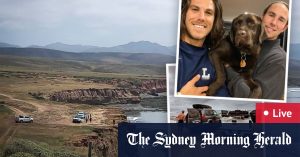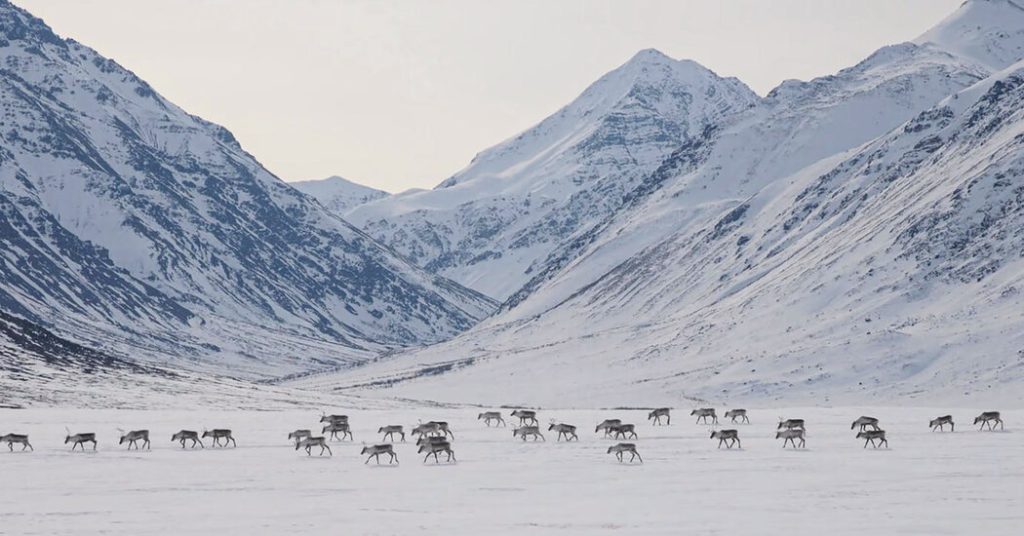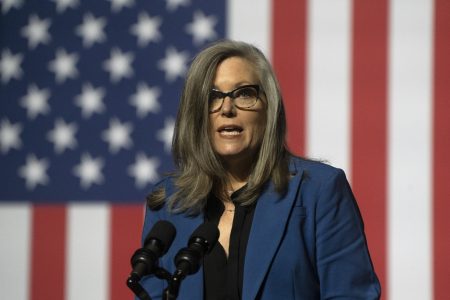The Biden administration announced expansive federal protections in Alaskan wilderness, blocking oil, gas, and mining operations in some of the most unspoiled land in the country. The decisions include denying a permit for an industrial road in Gates of the Arctic National Park and Preserve and banning drilling in over half of the National Petroleum Reserve-Alaska. These moves are expected to face challenges from industry and elected leaders in Alaska, where oil and gas revenues are crucial for the state’s economy.
President Biden emphasized the importance of protecting Alaska’s pristine landscapes, which sustain a vibrant subsistence economy for Alaska Native communities. The decisions in Alaska are part of a broader environmental effort ahead of Earth Day to cement Mr. Biden’s climate and conservation legacy. The administration has implemented strict new emissions limits for automobiles, raised drilling and mining costs on public lands, and issued regulations to restrict toxic chemicals in the air and drinking water, among other actions.
The Interior Department has decided against building a 211-mile industrial road known as Ambler Road through untouched federal land in the Brooks Range. This decision was praised by conservationists and tribal leaders, but criticized by Alaskan politicians who feel it undermines the state’s economic potential. Additionally, a rule withdrawing 13 million acres of Arctic tundra from oil and gas drilling aims to maximize protections in the National Petroleum Reserve-Alaska. The decisions do not impact the Willow project, a major oil drilling project in Alaska.
Concerns have been raised about cutting off millions of acres from oil drilling in the National Petroleum Reserve-Alaska, with Republicans arguing it could weaken national security, lead to higher energy prices, and deprive Alaska of critical tax revenues. The oil industry leaders have hinted at challenging the legality of the administration’s actions. The decisions have also highlighted the rift among Alaska Natives over the future of fossil fuels in the Arctic, balancing the threats of climate change with the economic reliance on oil for jobs in the region.
The National Petroleum Reserve-Alaska, established in 1923, is the largest single swath of public land in the United States. Despite its name, the reserve contains valuable fish and wildlife habitat, making it misunderstood by the public. The protected areas include habitat for grizzly and polar bears, caribou, migratory birds, and support important ecosystems. The Interior Department’s actions were taken in response to concerns from Alaska Native communities who have relied on the land, water, and wildlife for thousands of years to support their way of life.
Alaska is experiencing rapid environmental changes due to climate change, with the state heating up at a faster rate than the lower 48 states, leading to issues like coastal erosion, melting permafrost, unstable ground, and more wildfires. The decisions to protect Alaskan wilderness aim to balance conservation efforts and economic considerations. The administration’s actions focus on creating a “firewall” against future fossil fuel leasing and expansion of existing projects on the North Slope, responding to the needs and concerns of Alaska Native communities to preserve their way of life for future generations.














